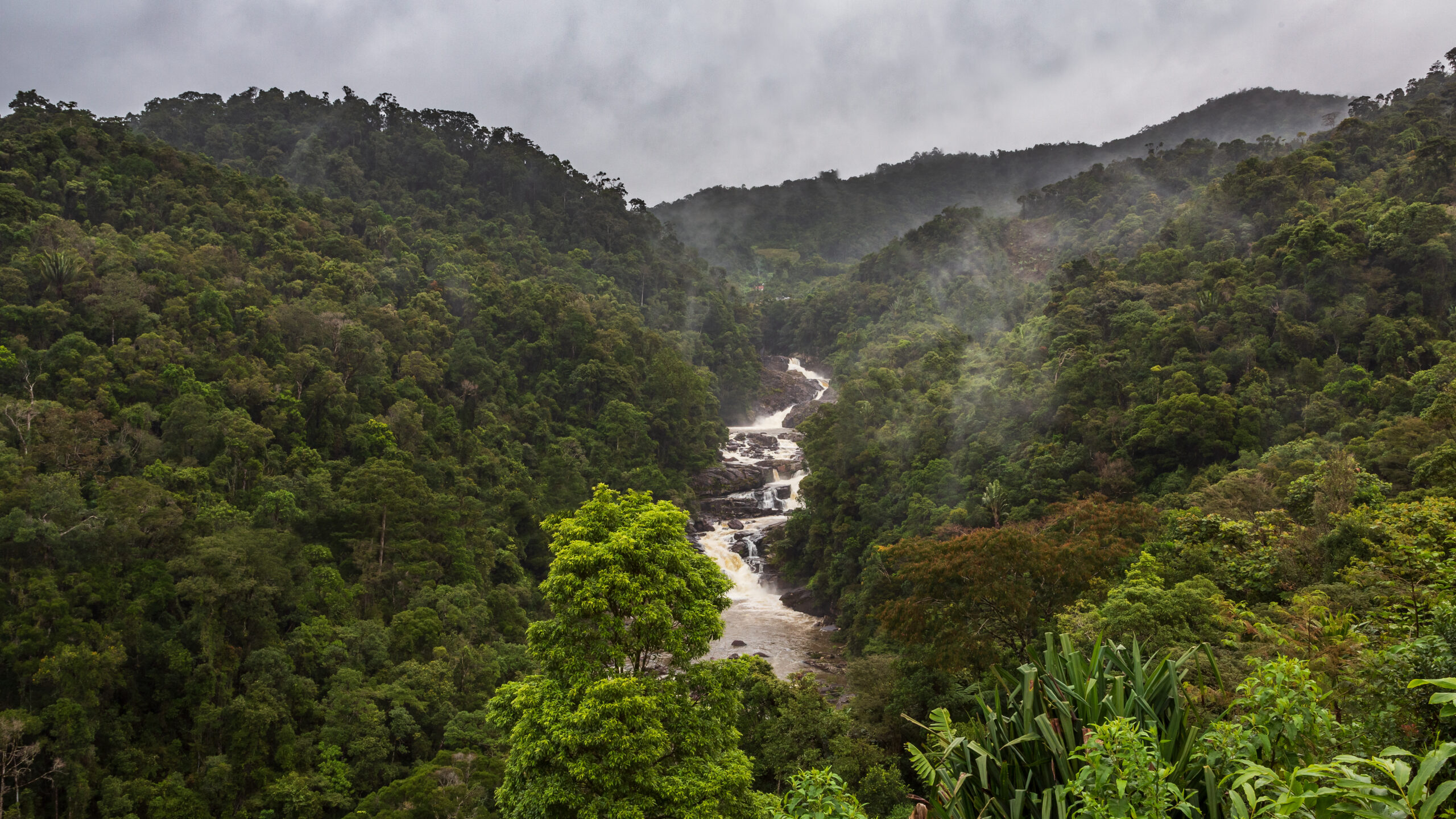Biodiversity is the variety of life on Earth, from genes to ecosystems. It provides us with essential services such as food, water, medicine, climate regulation and cultural benefits. However, biodiversity is under threat from human activities such as habitat loss, overexploitation, pollution and climate change. According to the UN’s Global Assessment Report on Biodiversity and Ecosystem Services, around one million animal and plant species are now threatened with extinction, more than ever before in human history.
To address this crisis, there is a need for innovative solutions that can mobilize financial resources for biodiversity conservation and restoration. One such solution is biodiversity credits (also known as biocredits), which are measurable, traceable and tradeable units of biodiversity. Biodiversity credits can be used to finance activities that deliver net positive biodiversity gains, such as protecting endangered species, restoring degraded habitats or enhancing ecosystem functions.
Unlike carbon or biodiversity offsets, which are payments made by a business to compensate for its damaging impacts on location-specific ecosystems, biodiversity credits allow companies to support nature-positive action without being tied to their own footprint or location. Biodiversity credits can also help businesses align with global frameworks such as the Science Based Targets Network (SBTN) mitigation hierarchy or the Taskforce on Nature-related Financial Disclosures (TNFD) recommendations, which aim to help companies assess, disclose and manage their nature-related risks and opportunities.
Biodiversity credits are not an attempt to capture nature, nor commodify or put a price on nature. Instead, they are a means to enable the financing of biodiversity conservation and/or enhancement interventions based on the transparently determined cost to deliver those interventions and associated outcomes. Accordingly, biodiversity credits do not put a price on nature, but instead put a price on the human labour and technology cost to cause biodiversity conservation and/or enhancement.
Biodiversity credits can be generated by different actors who have rights or responsibilities for natural resources within a project site. These actors are called biodiversity custodians, and they can include local communities, indigenous peoples, landowners or conservation organizations. Biodiversity custodians can benefit from selling their credits to buyers who want to support nature-positive action while achieving their sustainability goals.
However, for biodiversity credits to be credible and scalable, there is a need for clear definitions, standards and governance mechanisms that ensure quality assurance and transparency throughout the value chain. This is where initiatives such as the Biodiversity Credit Alliance (BCA) come in. The BCA is an alliance of experienced field-based conservation practitioners and academics who aim to bring clarity and guidance for the formulation of a credible and scalable biodiversity credit market under global principles. The BCA also seeks to develop and/or identify a model set of digital standards that can be adopted into distributed ledger technologies (DLT) to create a transparent,
easily auditable and scalable ecosystem for biodiversity credits.

